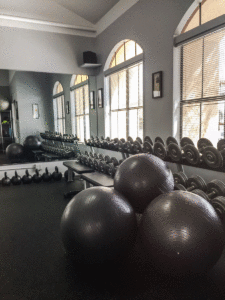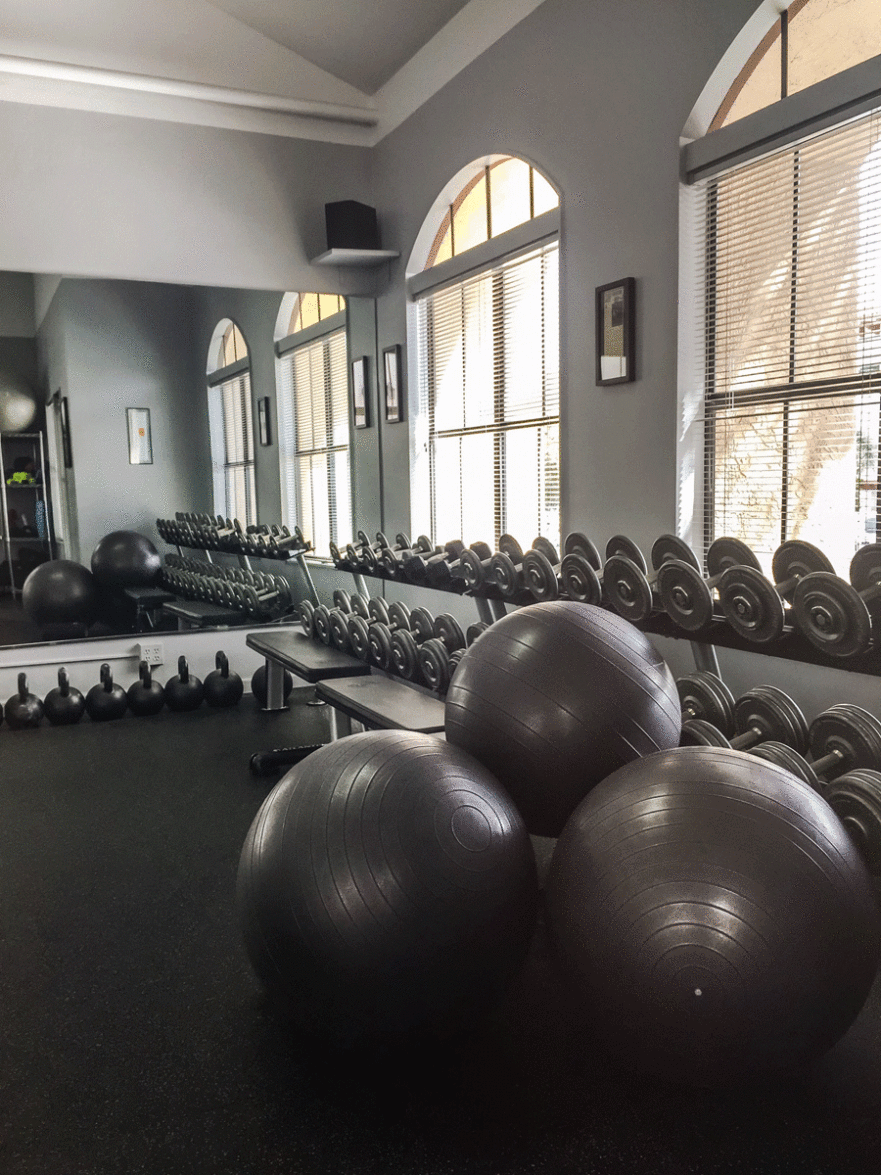 We’ve all seen those videos with people hugging a stability ball to their cores and running at their friends, colliding and bouncing back so hard they flip over. We’ve all seen friends and family lie back on one and immediately flip off. At face value, the stability ball can seem to be anything but stable.
We’ve all seen those videos with people hugging a stability ball to their cores and running at their friends, colliding and bouncing back so hard they flip over. We’ve all seen friends and family lie back on one and immediately flip off. At face value, the stability ball can seem to be anything but stable.
But when used correctly, the stability ball can be an amazing and versatile training tool in a fitness studio.
It can be used by sedentary individuals to develop proprioception (body awareness). It can also be used by workers to rehab an injury. And top level athletes are using the ball to improve strength and balance in an unstable environment.
Why is the stability ball so beneficial?
1) The stability ball develops the deep segmental muscles that stabilize the spine. Many trainers and coaches use exercises like deadlifts and good mornings to strengthen the back.
While these exercises are effective for strengthening the hips and spinal erectors (low back muscles), they don’t develop the deep spinal stabilizers: the multifidus, rotatores, interspinales, etc.
By exercising on the ball, you engage these segmental muscles. And developing them not only helps prevent injury, it also improves your posture and efficiency in movement.
2) The stability balls ability to roll in all directions makes it a great training stimulus for working in all three planes of motion (front-to-back, side-to-side, and rotational).
3) The unstable quality of the ball develops the neutralizers (muscles which counteract the actions of other muscles) and stabilizers (muscles that surround the joint and hold it relatively still) involved in the movement.
For example, when you do a pushup with your hands on the ball and your feet on the ground , the stabilization required recruits and develops the neutralizers and stabilizers of the shoulder girdle/joint.
As a result, you become stronger in exercises that work the same muscles but don’t require stabilization. In this example, you’d be stronger in chest exercises performed on a bench, such as the bench press.

